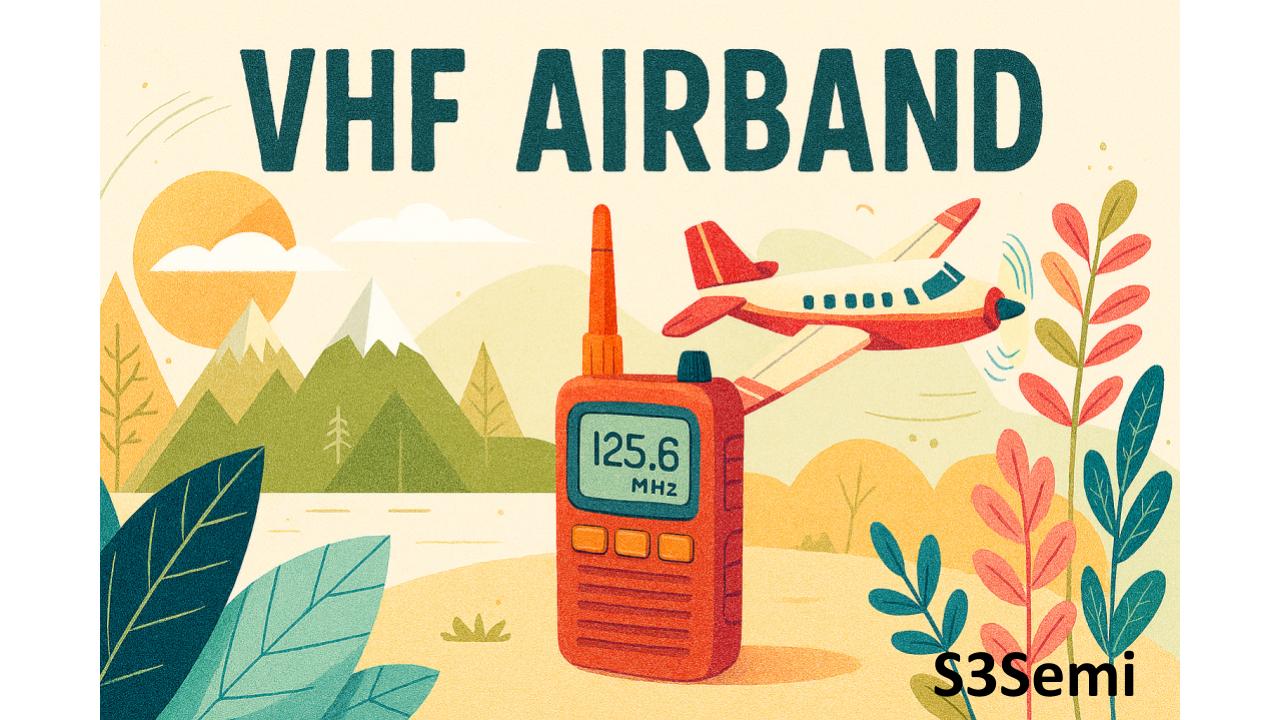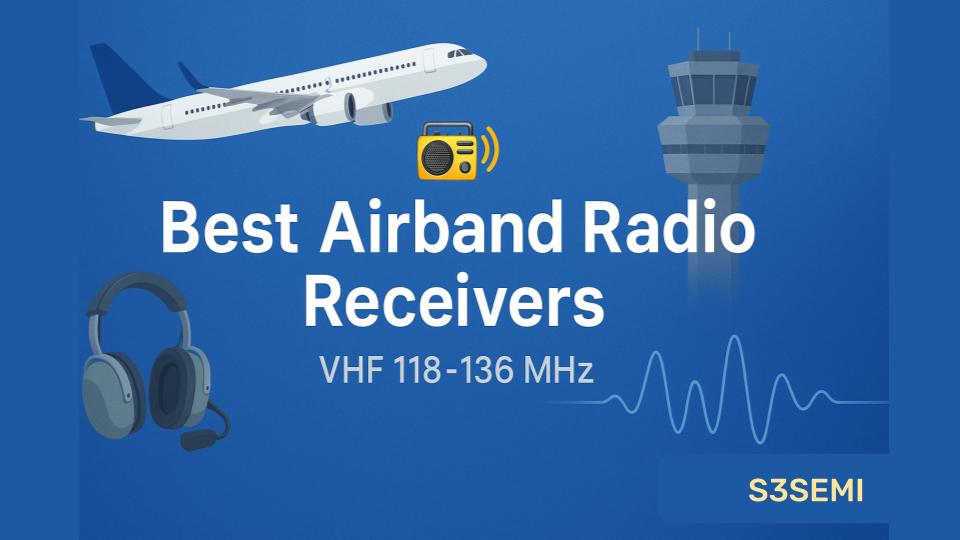✈️ If you’re an aviation enthusiast, SDR hobbyist, or RF engineer, you may have wondered whether the entire VHF band from 108 to 138 MHz is actively used. The short answer is – yes, it’s fully allocated, but not every single frequency is in use at all times or by all users. Let’s break down what happens across this highly specialized slice of the spectrum.
📡 What Is the 108–138 MHz VHF Band?
The 108 to 138 MHz frequency range falls under the VHF (Very High Frequency) portion of the radio spectrum and is exclusively allocated to aviation-related services.
The BAOFENG K6 Handheld Ham Radio supports the airband frequency range
This band includes everything from:
- Navigation aids like VOR and ILS
- Air Traffic Control (ATC)
- Airline operations
- Weather broadcasts
- Pilot-to-pilot communication
Each section of the band serves a unique purpose, and together, they form the backbone of global air communications and navigation.
📊 VHF Aviation Band Breakdown
| Frequency Range | Primary Use | Description |
|---|---|---|
| 108–117.975 MHz | Navigation (NAV) – VOR, ILS | No voice; ground-based navigation signals for aircraft. |
| 118–121.975 MHz | Air Traffic Control (ATC) – Tower, Ground | Primary communications at airports. |
| 122–123.975 MHz | UNICOM, CTAF, Multicom | General aviation and uncontrolled airfields. |
| 124–128.825 MHz | ATC – Enroute, Approach, Departure | Regional and high-altitude aircraft communications. |
| 129–132 MHz | Company Frequencies | Internal airline ops: maintenance, gate agents, etc. |
| 132–135.975 MHz | More ATC + Flight Services | Flight Watch, advisories, clearances, etc. |
| 136–136.975 MHz | ATIS, Clearance Delivery | Automated broadcasts and pre-takeoff clearances. |
| 137–138 MHz | Satellite communications | Not for aviation voice; used by NOAA and other weather satellites. |
👨✈️ Who Uses These Frequencies?
- Air Traffic Controllers (towers, TRACONs, and centers)
- Pilots (commercial, private, and military)
- Flight Service Stations (FSS)
- Airlines and Dispatchers
- Navigation systems (VOR, ILS)
- Weather and Satellite services (at the upper end of the band)
Each group uses different parts of the band, and frequency assignments vary by location and airspace type.
❓ Is the Entire Band Actively Used?
While the entire 108–138 MHz band is allocated, no single organization uses all of it. Each segment is assigned based on a highly structured frequency plan to avoid interference and ensure availability:
- VOR and ILS systems use only the lower range (108–117.975 MHz).
- Voice communications occur mostly between 118 and 137 MHz.
- Satellite services operate at 137–138 MHz.
So yes — the band is busy — but not uniformly saturated at every frequency and location.
🎧 What You’ll Hear as a Listener
If you scan this range using an airband scanner or SDR:
- Below 118 MHz, you’ll mostly hear continuous navigation tones (not voice).
- From 118–136 MHz, expect live voice comms between pilots and ATC.
- Around 122–123 MHz, you’ll hear general aviation chatter at uncontrolled airports.
- Above 136 MHz, listen for automated information broadcasts or occasional data tones.
✅ Summary
The 108–138 MHz VHF band is critical to aviation safety and operations worldwide. While not every frequency is always in use, each one is carefully allocated to support navigation, communication, and airspace management. Whether you’re a hobbyist monitoring traffic or a professional designing RF systems, this band offers a fascinating look into the infrastructure that keeps air travel safe and efficient.


